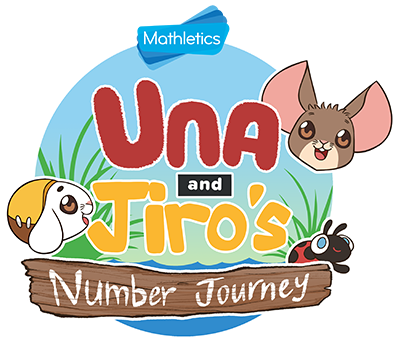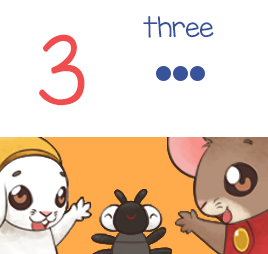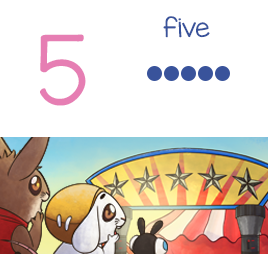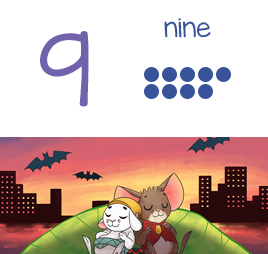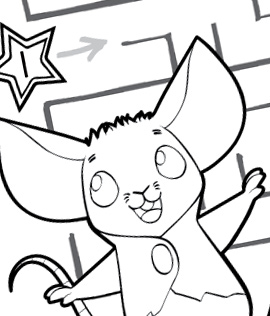Background information for teachers
Counting is one of the first numeracy skills young children learn. They love to impress adults with their ability to count out loud. Many students seem proficient in counting orally and recognising number words and symbols, yet they are unable to make the crucial connection between the count and the quantity. They can only guess ‘how many’ and are unable to compare small groups of objects.
The development of numeracy or number sense allows children to think fluently and work flexibly with numbers and is fundamental to the understanding of most mathematical concepts. To develop number sense, children must first master the concept of ‘trusting the count’ (Willis 2002; Siemon, Bleckly & Neal 2012).
Trusting the count is the first ‘big idea’ of mathematics. It involves:
- understanding that the number said at the end of the counting act represents the total (cardinality)
- knowing that if counted again, the same number will be reached (number conservation)
- accessing flexible mental representations for the numbers 0 to 10 (subitising)
Early number experiences should focus on developing the following skills which are central to the big idea of trusting the count:
- Count each object only once (one-to-one correspondence).
- Understand that the arrangement of objects in a count does not change the quantity.
- Recognise that the last number in the count signifies quantity.
- Consistently use the number words in the same order.
- Match words and/or numerals to collections less than 10.
- Read, write and use the words and numerals for the numbers 0 to 9.
- Recognise collections of up to 5 objects without counting (subitise).
- Recognise small numbers as the combination of other numbers (part-part-whole).
The resources and activities in this product have been designed with these experiences in mind. Embedded in each element are opportunities to develop the skills for trusting the count. Teachers are encouraged to help students make these connections by modelling effective counting techniques. They can also provide opportunities for students to identify multiple representations of numbers and collections, compare quantities using models and mathematical language and explore part-part-whole relationships.
A solid understanding of trusting the count is a critical precursor for number sense and for the subsequent big ideas of place value and multiplicative thinking.
References:
Education Development Center Inc (2015), Mathematics in the Early Grades: Counting and Cardinality. Online publication: Interactive STEM. http://interactivestem.org/wp-content/uploads/2015/09/Interactive-STEM-Brief-Counting-and-Cardinality-Sept-16-Final-File.pdf
Gelman, R and Gallistel C (1978), The Child's Understanding of Number, Harvard University Press, Cambridge, MA.
Hurst, C and Hurrell, D (2014), ‘Developing the big ideas of number’, International Journal of Educational Studies in Mathematics, 1(2), pp 1–18.
Siemon, D, Bleckly, J and Neal, D (2012), ‘Working with the Big Ideas in Number and the Australian Curriculum: Mathematics’ in Atweh, B, Goos, M, Jorgensen, R and Siemon, D (eds) Engaging the Australian National Curriculum: Mathematics – Perspectives from the Field. Online publication: Mathematics Education Research Group of Australasia, pp 19–45.
Willis, S (2002) ‘Crossing Borders: Learning to Count’, Australian Educational Researcher, 29(2), pp 115–30.
